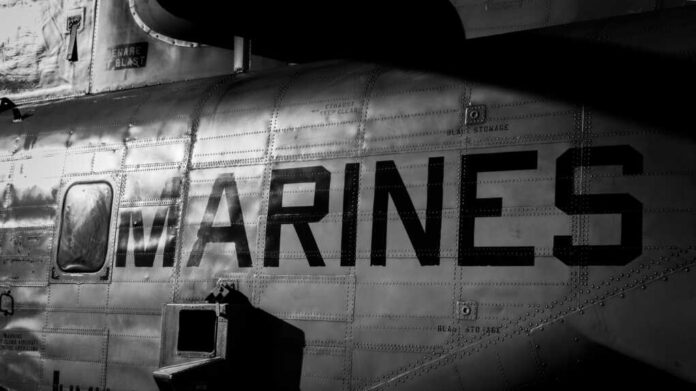
The United States is reviving airfields in the Pacific that have been dormant since World War II, a move that underscores growing tensions with China and the potential for future conflict in the region. The airstrips on the islands of Peleliu and Tinian, which played critical roles during the war, are being restored as the U.S. shifts its focus to the Indo-Pacific.
Peleliu’s airfield, originally built by Japanese forces, was the site of a fierce battle in 1944, where American forces sustained heavy casualties to secure the island. The airstrip was vital for providing air cover during the campaign but was abandoned as the war moved closer to Japan. After nearly 80 years of disuse, the U.S. military has now restored the runway, landing a C-130 aircraft there in June 2024.
The Marine Corps highlighted the strategic importance of this move, calling it a “critical” part of America’s military presence in the Indo-Pacific. The decision to reactivate these airfields comes as China’s military actions in the region, particularly around Taiwan, continue to raise concerns.
Tinian, another island with a historic airfield, is also being considered for reactivation. While the airstrip is not yet operational, it is expected to enhance America’s ability to respond to potential threats in the Pacific.
As the U.S. and China continue to vie for influence in the region, the reopening of these airfields is a clear indication that the U.S. is preparing for the possibility of conflict. The strategic positioning of these airfields provides the U.S. with increased flexibility and strength in a region that is becoming increasingly unstable.





























